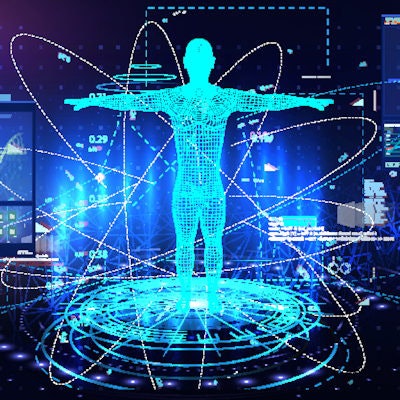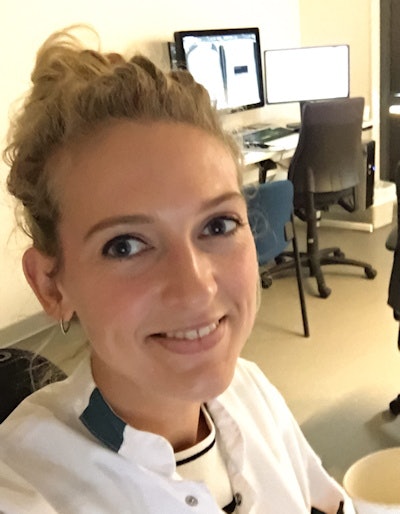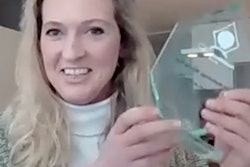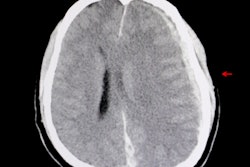
Recently, Dutch Finance Minister Wopke Hoekstra made a somewhat provocative and little nuanced remark while describing expected changes on the labor market during the general financial outlook. He declared that together with cashiers, radiologists will be "mostly unnecessary, since machines have become better at reading medical images than a human who has spent 10 years studying for this task," and gave this as an example of progress.
I am not going to elaborate on why this might be offensive to both cashiers and radiologists alike, nor am I going to criticize our minister. However, we will never be "mostly unnecessary," and here's why.
 Dr. Merel Huisman, PhD, from Amersfoort, the Netherlands.
Dr. Merel Huisman, PhD, from Amersfoort, the Netherlands.In the public vision, our work is more or less reduced to reading images in a dark and remote room. Too easily it is forgotten that the radiologist spends a large and increasing part of the workday collecting information to place the imaging findings in the appropriate clinical context and preparing or participating in interdisciplinary meetings. For that reason, some refer to a radiologist as "the doctor's doctor." Other important tasks include direct patient contact in, for example, image-guided interventions, as well as teaching or supervising.
I agree with Hoekstra that certain tasks can be automated, such as detection and classification of pulmonary nodules or quantification of disease. In fact, it would be great if machines could take care of part of our constantly increasing workload, and this is indeed realistic.
While the performance of computers has dramatically improved, so far automated tasks concern very well defined, specific questions that represent only part of the complete clinical picture. Problem-solving using contextual information is a task that is very hard for computers but comes naturally to humans. The latter is what takes advantage of human interaction, and it requires medical experience and is a growing part of modern, innovative medicine.
Public perception of radiology
The fact that we will not be replaced has been discussed repeatedly in our community since the equally provocative (and by the way later withdrawn) remark of Geoffrey Hinton in 2016: "We should stop training radiologists right now." Fast forward four years and it can only be concluded that the public perception about our profession is still not up-to-date, otherwise a minister would have never made such a remark.
Not only should we be embracing artificial intelligence (AI), collaborating with others and demanding for the regulations to be more facilitating, but we should also work on our visibility as a profession. Healthcare has some inherent tasks that can be automated, for instance due to pattern recognition and applying protocols, but nobody would ever make such a remark about a specialist such as a dermatologist (who comes from a "visual profession") or a neurologist. This misconception is probably due to the fact that the general public does not have a clear image of what type of doctor the radiologist is.
Radiologists have grown into a supporting, yet indispensable, part of clinical healthcare. It is rare for a patient to visit the hospital and not get any form of medical imaging. And already in my relatively short career, I've observed the growing demand on our services with respect to number, turnaround time, and, last but not least, complexity of examinations. We add great value to the healthcare chain in many ways, and I think it's time to convey this more to the public, instead of taking a back seat like we tend to do.
Due to the fact that in a radiology department, all images are stored digitally for quite some time now, we are the specialty to be experts in data-driven medicine and human-machine interaction. Therefore, I think it is great to be part of the younger generation of radiologists, as this allows us to help shape the future of the field.
I strongly recommend that residents and young radiologists not only remain the expert in medical imaging but also make digital innovation our core business.
Dr. Merel Huisman, PhD, is in the fourth year of her radiology residency at Meander Medical Center, Amersfoort, the Netherlands. An epidemiologist by training, she is a board member of the European Society of Medical Imaging Informatics (EuSoMII).
The comments and observations expressed herein do not necessarily reflect the opinions of AuntMinnieEurope.com, nor should they be construed as an endorsement or admonishment of any particular vendor, analyst, industry consultant, or consulting group.



















